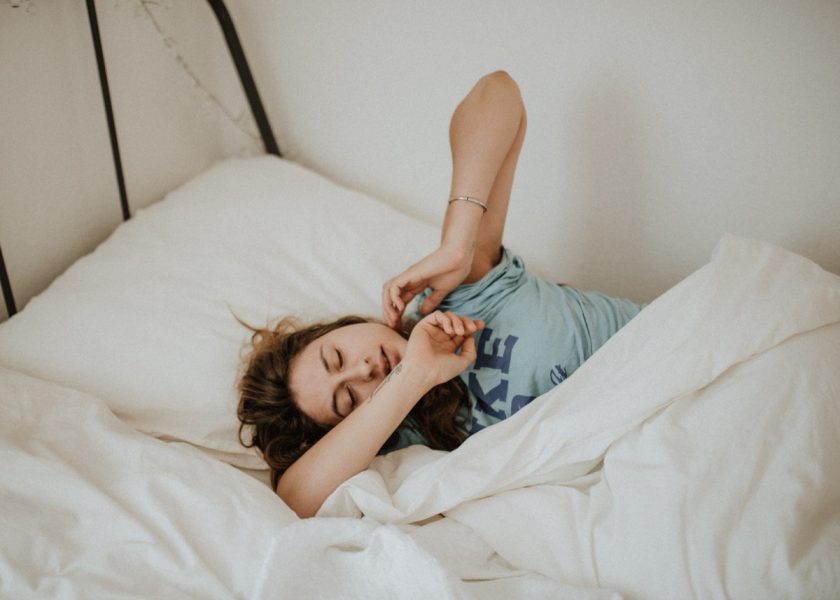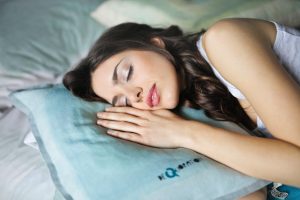Sleep difficulty is a common problem among people with autism, learning disabilities, and other neurological disorders. It can also be caused by physical or emotional pain, stress, anxiety, restless leg syndrome and jet lag. This article will explain how pressure points can help these individuals sleep better through massage therapy.
Table of Contents
Introduction
Pressure points are well known for their healing abilities, but they can also be used to improve sleep. By applying pressure to specific points on your body, you can induce a state of relaxation and improved sleep.
There are many different pressure points that can be used for this purpose, but the best place to start is by using the tips found here. Once you have learned how to use these points, you can experiment to find the ones that work best for you.
If you are struggling with insomnia, using pressure points may help you get a better night’s sleep. Give it a try and let us know how it goes!
How to Use Pressure Points for Better Sleep
Pressure points are often ignored or overlooked when it comes to relaxation. However, using pressure points for sleep can be a very effective way to achieve a restful night’s sleep. Here are four tips for using pressure points for a good night’s sleep:
- Start by finding your own pressure points. These can be found by feeling around your body with your hands, elbows and knees. Pay attention to the spots where you feel the most tension or discomfort.
- Apply pressure to these pressure points while practicing deep breathing exercises or meditation. This will help to relax your mind and body.
- Place a pillow between your knees and use your feet to apply pressure to your lower stomach point. This will help relieve stress and tension in the pelvic area.
- Use a foam roller on these pressure points before bedtime to release any built-up tension.
What is the purpose of pressure points?
Pressure points are located throughout the body on key areas that can be used for better sleep. These include the temples, neck, shoulders and back. They can be stimulated by pressing or tapping on these points with your fingers or a finger pressure point stimulator.
The 5 Basic Points of Pressure and Their Purpose
Sleep is essential for overall health and well-being. However, it can be difficult to get a good night’s sleep if you have trouble sleeping through the night.
There are several key points that you can use to help you sleep better. These points are known as pressure points, and they work by releasing energy in the body.
Here are the basic points of pressure and their purpose:
- Eyebrows: This point is located on the top of the forehead just below the eyes. It is used to relieve stress and tension in the eyes and eyelids.
- temples: Located on either side of the head behind the ears, temples can be used to relieve headaches and migraines.
- Nose: The point located just below the nose can be used to treat allergies and other respiratory problems. It can also be used to stop snoring.
- Jaw: The point located below the lower lip can be used to treat neck pain, toothaches, and other dental issues. It can also be used to stop snoring.
A Few Examples of Pressure Points
Pressure points are areas on the body that can be stimulated by finger pressure to improve sleep. There are many different pressure points, and different people will find different pressure points to be most effective. Here are a few examples of pressure points that have been found to be helpful for people with insomnia.
- The eyes: The eyes can be pressured using your index and middle fingers, pressing firmly against the eyeballs for 30 seconds each.
- The temples: The temples can also be pressured using your index and middle fingers, pressing firmly against them for 30 seconds each.
- The neck: The neck can be pressured using your index and middle fingers, pressing firmly against it for 30 seconds each.
When to see a doctor
If you are experiencing difficulties sleeping, it’s important to see a doctor. There could be many reasons why you are having trouble getting a good night’s rest, and it’s best to get evaluated by a professional. Here are some tips on how to get the best sleep possible:
- Make sure your bedroom is dark and quiet at night. This will help to induce relaxation and improve your sleep quality.
- Avoid caffeine and alcohol before bedtime. These substances can stimulate the nervous system and interfere with sleep.
- Use pressure points during relaxation exercises to relieve stress and tension. Find out where these points are on your body, and use them regularly when you feel tense or stressed.
- Avoid watching television or working on computer screens in bed. Both of these activities can cause light exposure that can disturb your sleep.
Conclusion
If you struggle to get a good night’s sleep, it might be time to start targeting specific areas of your body with pressure points. By applying pressure to certain points on the feet, hands, back and neck, you can help relax tense muscles and promote better rest. If you’re struggling to get comfortable at night or feel like you never quite “get enough” sleep, give pressure point therapy a try. Who knows — it just might work wonders for you!







